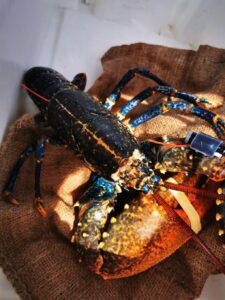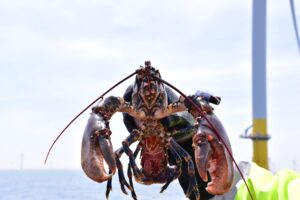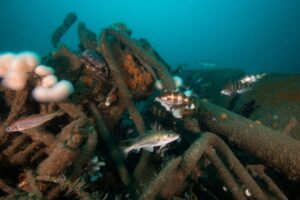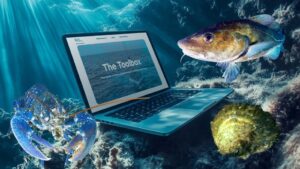This project was launched with our partners, Ørsted and Wageningen Marine Research (WMR), who initially focused on cod. Ørsted provided their wind farm site, while Wageningen Marine Research led the research. Later on, we funded and initiated the lobster project, assisting with planning and fieldwork while WMR conducted the scientific research.
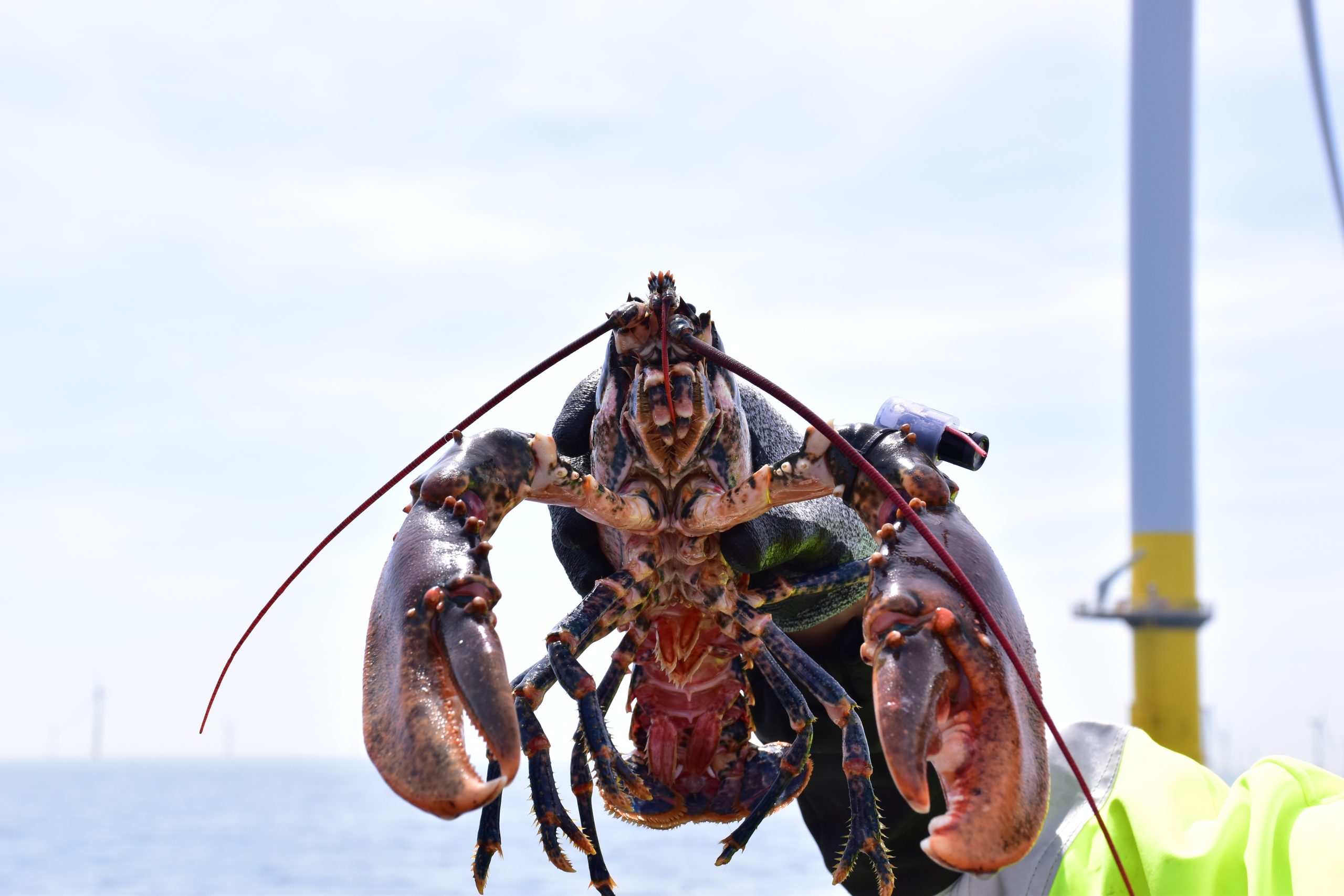
Ørsted
Studying cod and lobster activity
In offshore wind farms, nature has the potential to develop around wind turbine foundations. Since no fishing is allowed in wind farms, fish populations can thrive and grow. Lobsters also require specific conditions, and have a high standard of living. Could an artificial reef be a suitable home for this species? This project set out to find answers to how both Atlantic Cod and the European lobster fare in artificial reefs.
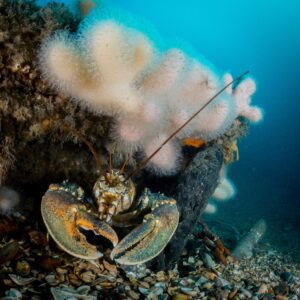
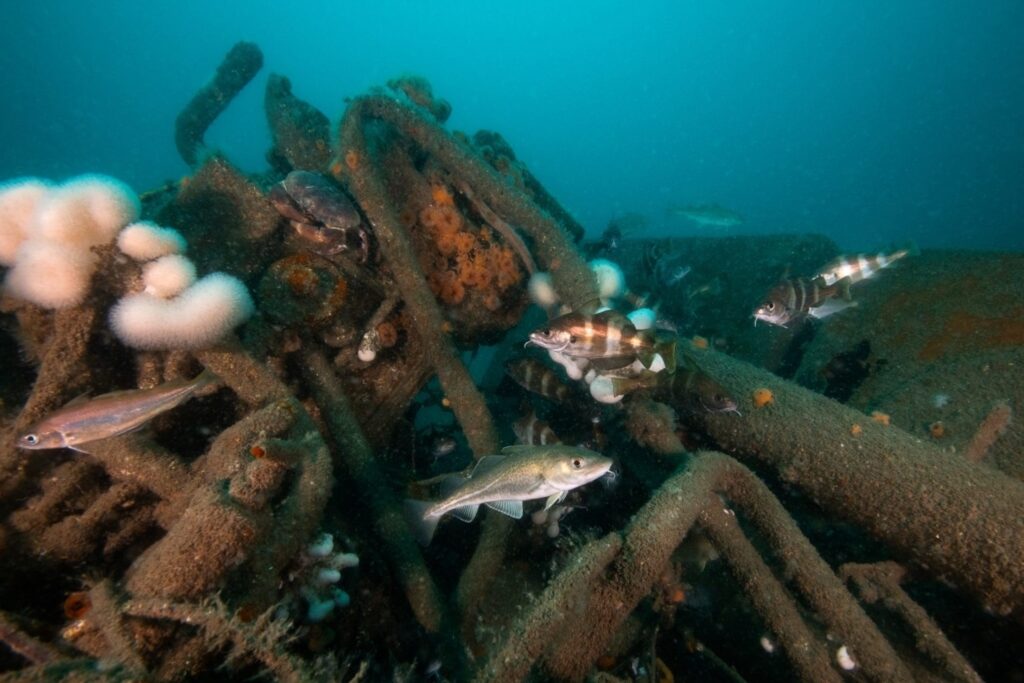
The Collaboration
The research
Concrete foundations of various sizes were placed at four locations in the Borssele I & II wind farm to shelter Atlantic cod and other large fish. At two sites, shells and stones were added. Wageningen Marine Research studied cod behavior, while our team at The Rich North Sea conducted field work, tracking tagged lobsters to understand their movements and the wind farm ecosystem.
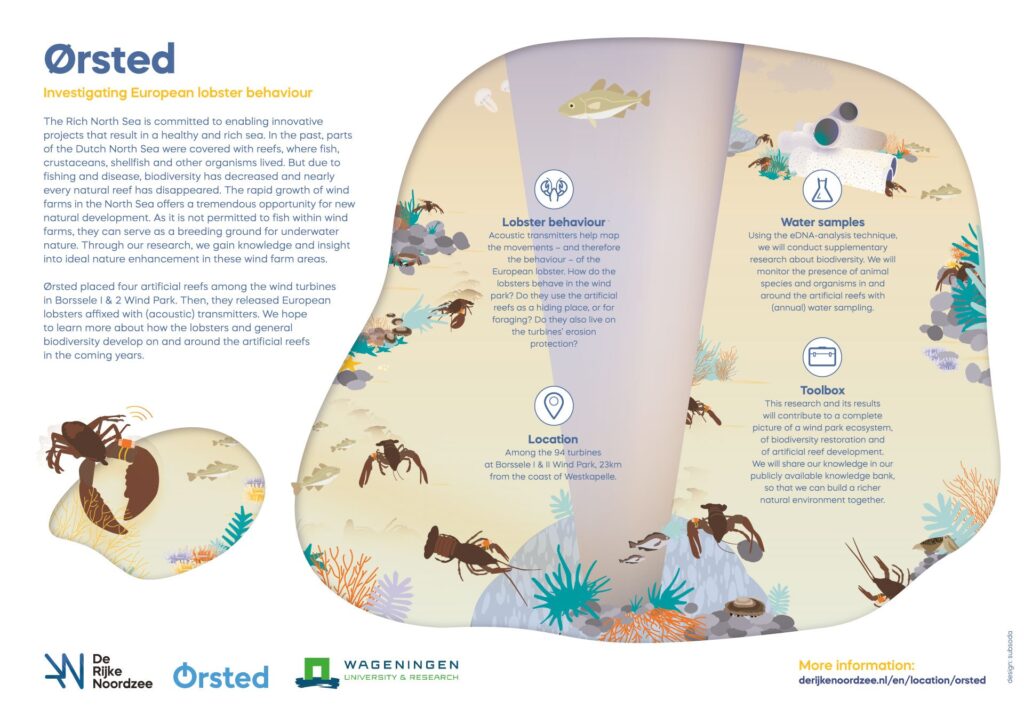
Monitoring and analysis
The project used pipe reefs and granite rock scour protection, with acoustic telemetry tracking cod and lobster movements around the monopile and artificial reefs. A grid of 16 acoustic receivers, mounted on 1.5 m tripods, enabled fine-scale positioning. Despite some losses, tracking provided key insights. Cod (64 total) and lobsters (24 total) were tagged and released in 2021 and 2022. Environmental data from a weather station buoy (17.7 km away) supplemented the study.


